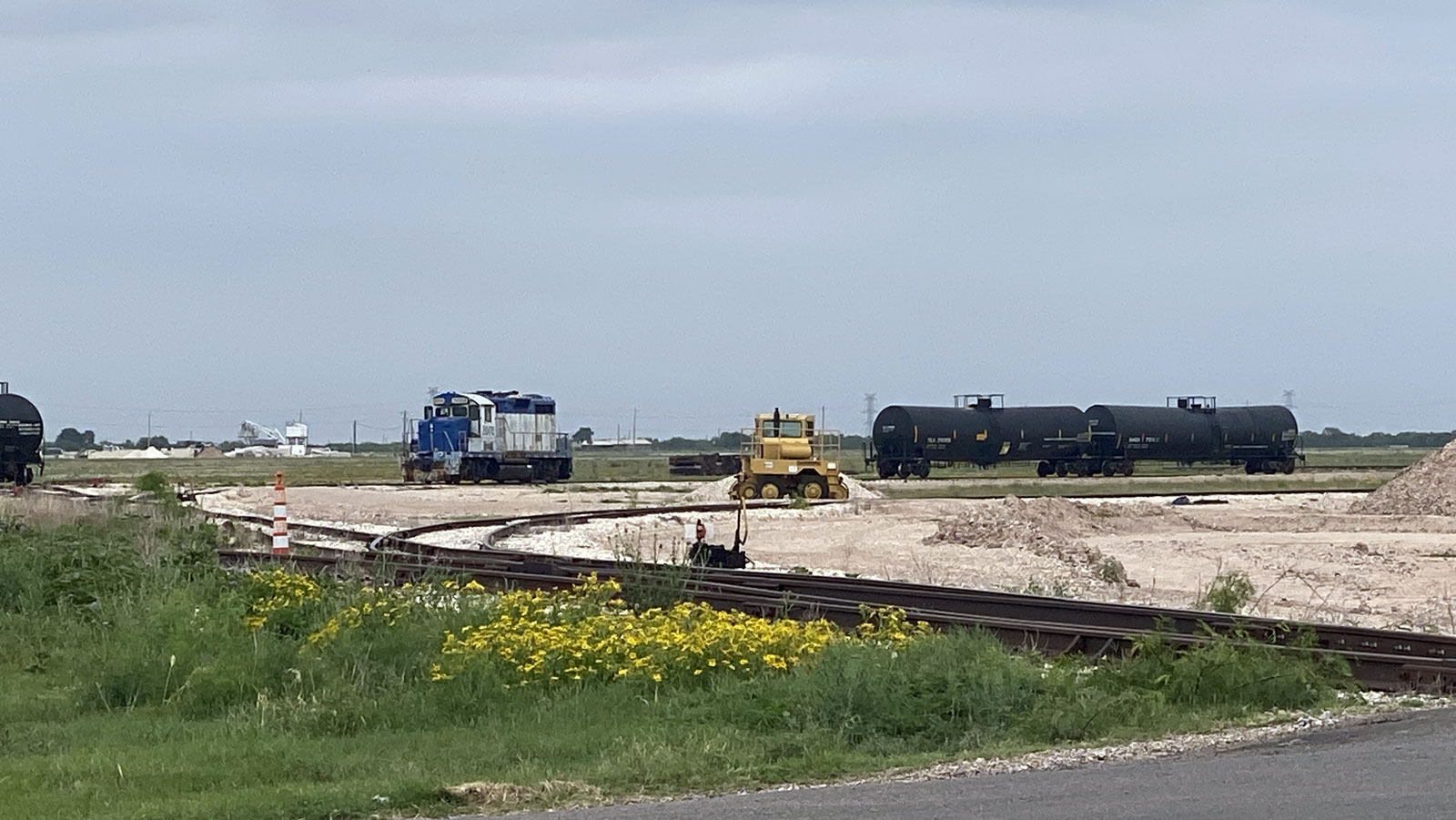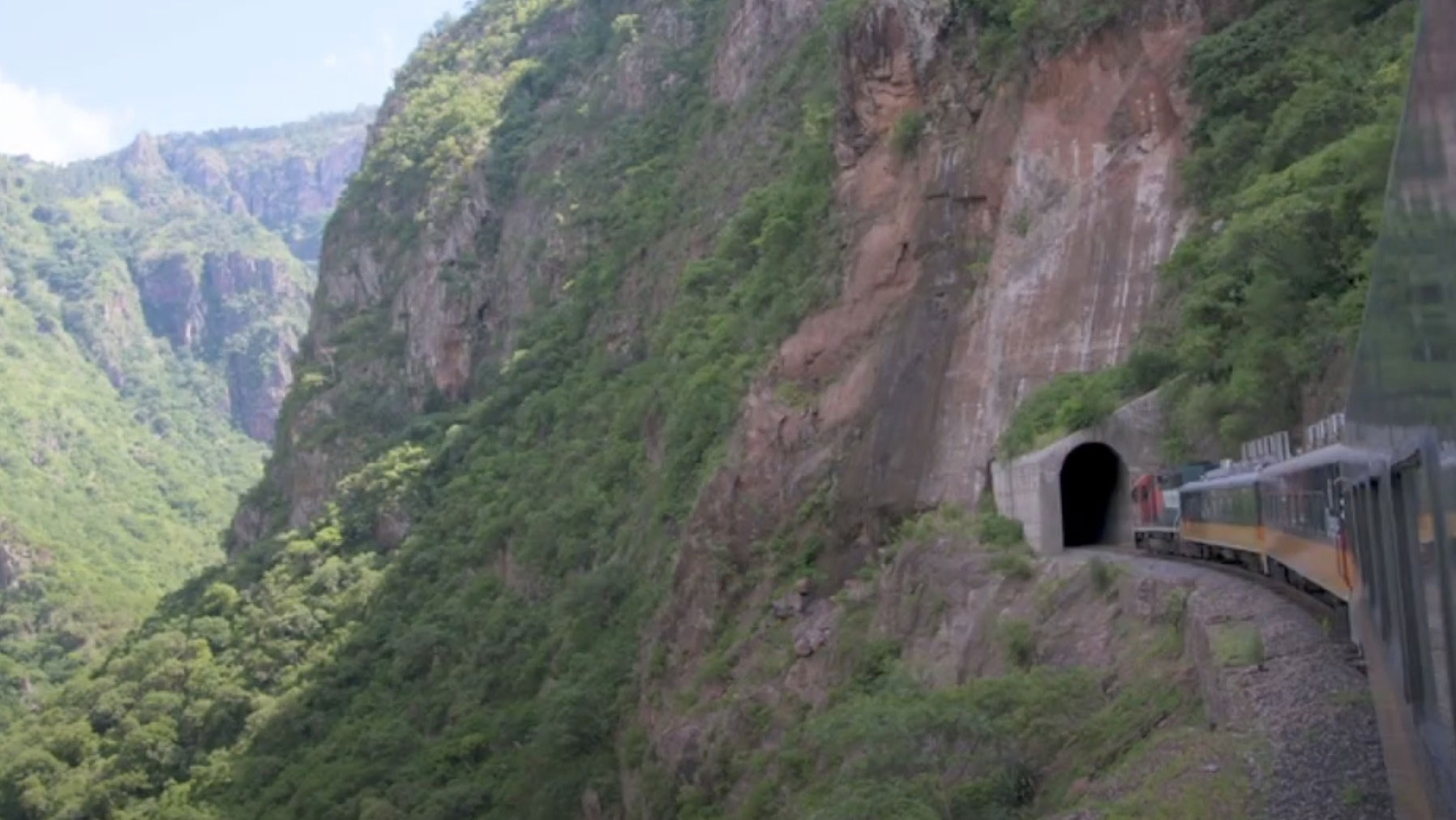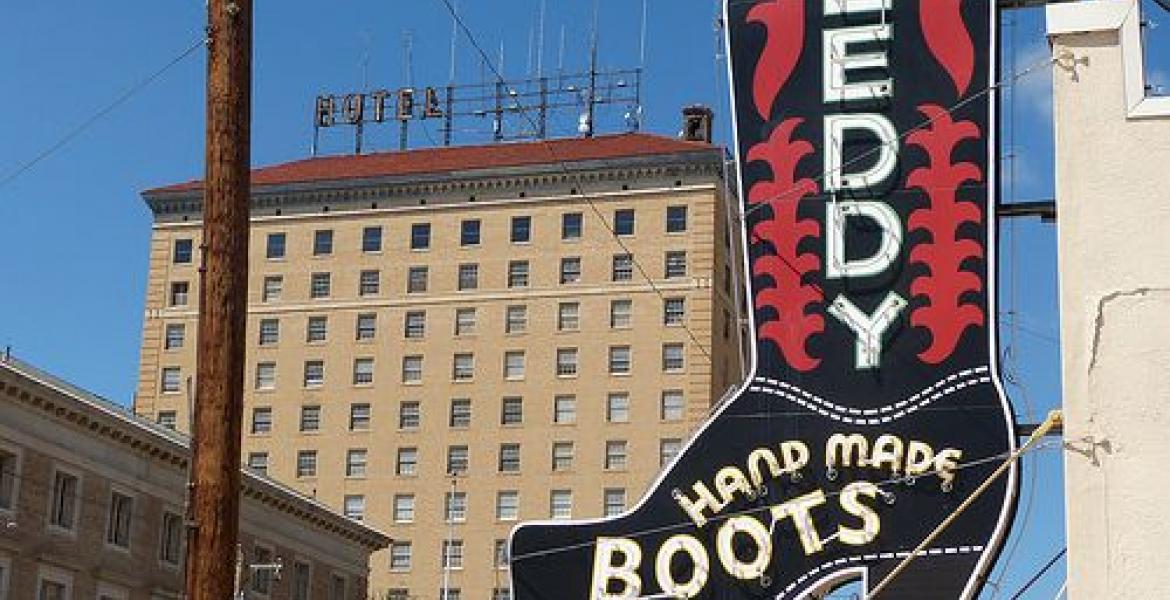SAN ANGELO, TX — Five years after San Angelo leaders hailed a new rail port as a gateway to global trade with China and Mexico, the tracks remain largely unused.
Back in 2020, the San Angelo Chamber of Commerce called the project a “game changer.” Then-City Councilman Lane Carter bragged on the campaign trail about allocating $700,000 through the City of San Angelo Development Corporation (COSA-DC) to transfer 180 acres to South Plains Lamesa Railroad for rail infrastructure development.
Watch the 2022 debate video where Carter touts the rail port:
But today, trains are scarce. Last week, COSA-DC approved another deal: 250 more acres of city-owned land will be sold to South Plains Rail for $1.4 million. The company will pay $1 million upfront and owner-finance the remaining $400,000, with the option to deduct twice the value of any infrastructure investment made — despite the site’s underutilization.
The move reignites questions: After five years and millions in public investment, where are the trains?

Not much activity at the San Angelo Rail Port years after it was completed in March 2022.
San Angelo’s aspirations to become a key trade hub date back over a century. Railroad tycoon Arthur Stilwell envisioned connecting the Midwest to the Mexican Pacific port of Topolobampo via the Kansas City, Mexico & Orient Railway (KCM&O), routed through San Angelo. Though tracks eventually reached Presidio by 1930, they didn’t connect to the Pacific coast until 1961.
KCM&O’s only profitable era was during the Santa Rita oil boom in the 1920s. As pipelines took over, profits dried up. The line fell into disrepair, with parts dismantled by the 1970s.
In 2001, TxDOT partnered with Texas Pacifico to operate and rehabilitate the Coleman-to-Presidio line. But in 2008, a fire destroyed the international rail bridge at Presidio, dashing hopes for NAFTA-era trade across the border.
Mayor Brenda Gunter revived the vision under her “Planes, Trains, and Automobiles” economic development initiative. South Plains Lamesa Railroad signed on, with San Angelo taxpayers helping to fund the effort.
Roger Horton, a consultant for South Plains Lamesa, remains cautiously hopeful. He said the company is less focused on Topolobampo than on connecting with Ferromex — Mexico’s largest rail operator — on the other side of Copper Canyon, with rail access to industrial hubs like Montenegro, north of Mexico City.
But significant hurdles remain.
The Copper Canyon route includes tight curves and narrow tunnels built for 40-foot boxcars. Today’s 80-foot freight cars can’t make the turns. Even shorter modern cars, like 65-foot hoppers, may not fit through tunnel clearances.
Another roadblock is the lack of a U.S. Customs and Border Protection (CBP) inspection facility in Presidio. Though a new international bridge was completed in 2021, it can’t be used without customs clearance.
Watch: El Chepe through Copper Canyon
Chihuahua-Pacific Railway in the Copper Canyon, Mexico The Ferrocarril Chihuahua al Pacífico (Chihuahua-Pacific Railway), also known as El Chepe from its reporting mark CHP, or Ferrocarril Chihuahua-Pacífico is a major rail line in northwest Mexico, linking the city of Chihuahua, to the city of Los Mochis, Sinaloa and its port Topolobampo.

Photographer Ralph Velasco captured El Chepe entering a tunnel along the historic Copper Canyon route — the same corridor eyed for San Angelo’s trade future.
Texas Pacifico Senior Vice President Stan Meador said the Mexican rail line is ready to go. The U.S. side, however, is stalled.
Plans call for two CBP buildings: a scanner near the bridge and a manned inspection station a mile northeast. Although land has been cleared, no construction has started. Funding is in place via the state’s American Rescue Plan Act (ARPA) allocation, but no timeline has been announced.
“We’re planning to run two trains a day once it opens,” Meador said. “But when that will be is anyone’s guess.”
In Presidio, Big Bend Sentinel journalist Sam Karas reported no signs of recent construction. Meanwhile, the Presidio County judge is seeking control of the adjacent vehicle bridge, hoping to generate revenue from tolls — though some worry maintenance costs will outweigh any profits.
Despite the setbacks, Horton said South Plains Lamesa remains committed — but weary.
“Our entire development progress hinges on that bridge,” Horton said. “We’ve been teased for so long — any day now, or six months from now. We’ll believe it when we see it.”
While the Mexico connection remains in limbo, the company is exploring other freight routes.
“We’re now looking east to steel mills in Pennsylvania,” Horton said. “We were promised fall 2025 — maybe a little later. The Mexico plan still excites us, but everyone’s getting impatient.”
Subscribe to the LIVE! Daily
Required






Comments
Ferromex is responsible for maintaining the property that runs through San Angelo according to the lease. I have to call code enforcement several times a year to get them to mow the weeds along the tracks by my mother's house. The weeds almost reach the top of street signs before they mow. Let a weed grow a foot tall on her property and she will receive letters from code enforcement stating she's not in compliance with city ordinance. Yet across the street the weeds are 5 ft tall.
- Log in or register to post comments
PermalinkPost a comment to this article here: